
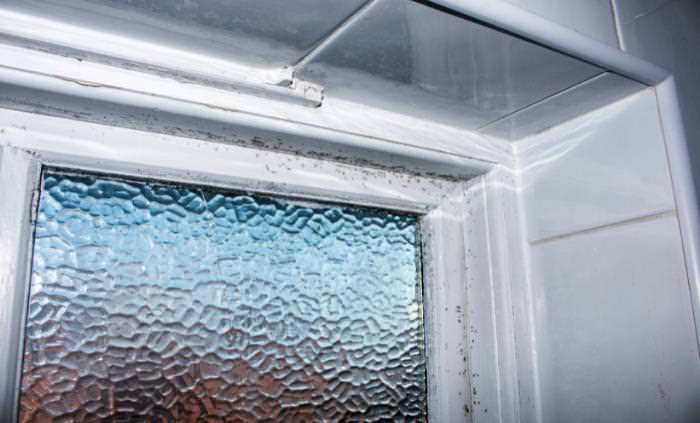
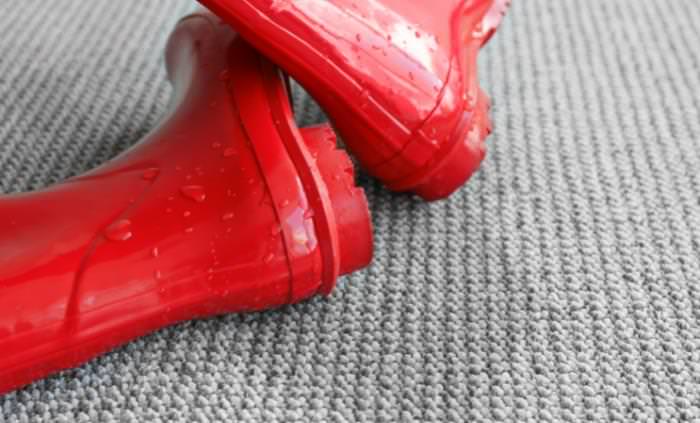
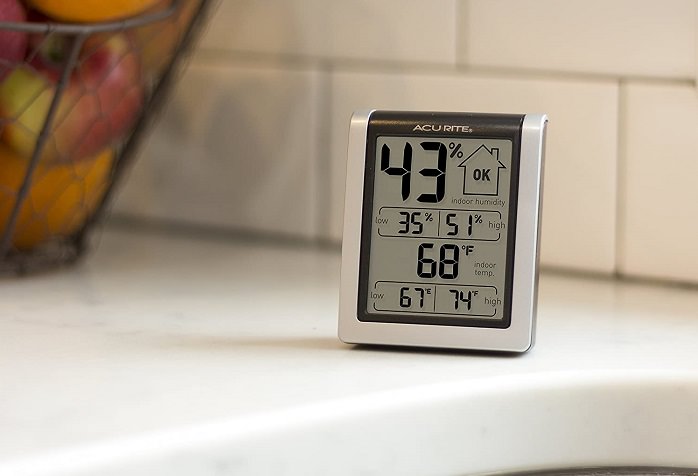
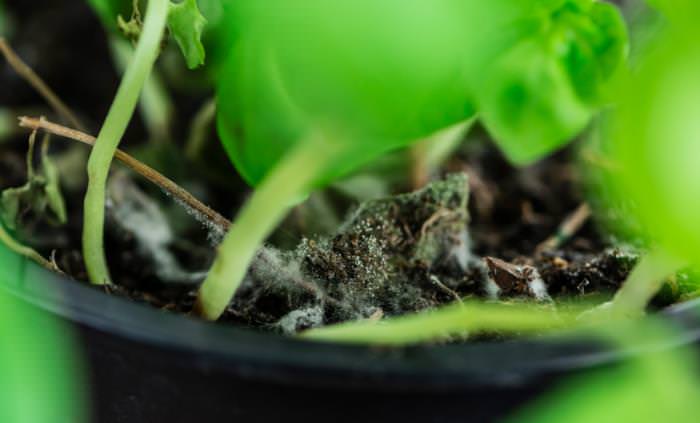
 3:32
3:32
The Easy Way to Clean Your Computer's Keyboard
Cleaning a dirty keyboard is quite a straightforward task, as you're about to find out.

Your Sponge Is Filthy! Here's How to Properly Sanitize It
Your kitchen sponge can contain a lot of nasty bacteria. Click here to learn how to properly sanitize it!
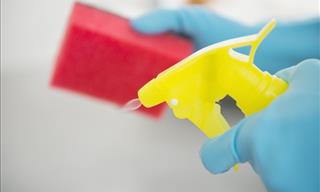
Can Bleach Really Protect Us From Germs?
The CDC confirmed that bleach is effective at killing viruses like the Coronavirus. Here's how to do it safely.
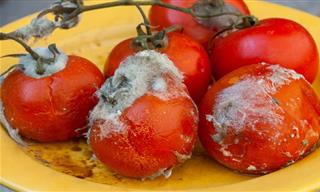 2:52
2:52
Is It Ever Safe to Eat Food with Mold on It?
Mold on food raises a lot of questions, and the answers depend on what you’re eating.
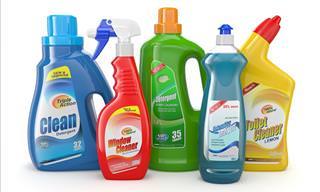
The Hidden Dangers Lurking in Your Cleaning Products
Household cleaning products are toxic for your health and the environment. Here are a selection of more friendly cleaners.
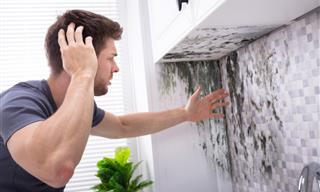
6 Harmful Types of Mold That Could Be Growing in Your Home
It’s important to identify and prevent these dangerous types of mold in the house.

25 of the World's Best Beauty Remedies You've Been Seeking
Add these beauty remedies from around the world to your daily regimen.

Expert Explains: How Often Should We Weigh Ourselves?
Why you should weigh yourself weekly and not daily or monthly.

Making Your Tea in the Microwave Isn’t a Good Idea
Microwaving tea might be convenient, but it isn’t the smartest thing to do. Even science says so.

How to Clean Your Jewels at Home for Free
Enjoying clean jewels used to be a tedious chore, or an expensive visit to the jeweler's, but this way you can do it at home, for free!
 12:30
12:30
Learn How to Easily Peel 22 Kinds of Fruits and Veggies!
Peeling can be one of the most bothersome tasks in the kitchen. These 22 genius peeling hacks will make your life much easier.

10 Ways to Beat a Car Dealer and Save Yourself Some Money!
Are you considering buying yourself a new car. If so, knowing these simple tricks could end up saving you a considerable sum of money.
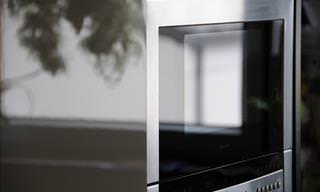
Maintain Your Kitchen Appliances for Longer with this Guide
Learn how to clean and maintain appliances so that they last for years to come.
 13:33
13:33
Need New DIY Ideas? How About 33 of Them?
This tutorial is going to show you 33 DIY tricks to make your home better than ever.

This is Why You Should Show Mercy to Spiders...
Barely anyone you will talk to is a fan of spiders, but here's why you should just let them be.

8 Mistakes Most of Us Make When Brushing Our Hair
It turns out there are all sorts of small mistakes we make while brushing our hair that can significantly damage it.
 9:41
9:41
8 Natural And Safe Ways to Keep Ants Away From Your House
Take note of these useful natural remedies that can help you keep ants away from your home.
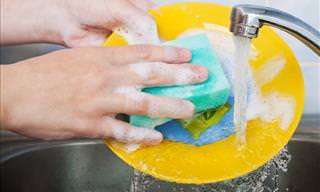
15 Things in Your Home You Need to Throw Away Right Now!
In this article you'll find 15 items that you need to throw away as soon as possible as they might be making you sick!

40 Wonderful and Beneficial Advantages of Having a Cat
Enjoy a visual representation of the 40 different benefits humans get from having a cat.

Every Gardener MUST Have These Useful Charts on Hand!
Have a black thumb? These gardening charts will help you turn it green!
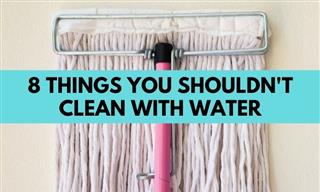
Avoid Getting These Items Wet When You’re Cleaning Them
If you’ve ever cleaned your jewelry, gas stovetop, or leather shoes, or contact lenses with water, you need to read this article.

I Bet You Never Realized How Useful Coffee Grounds Can Be!
Hold it! Don't throw away those old coffee grounds of yours - they have more uses than you can imagine. Read this post for 19 ways to use old coffee grounds.

WARNING: If You Love Dogs, This Information is Vital
If you're a dog lover, you should spread this information around. Don't feed dogs these common foods!

16 Simple Paper Craft Tutorials You Can Make Right Now!
Feeling creative? The 16 paper craft tutorials are detailed and easy to follow, so get out your scissors and give them a go!

Have A Stain? Here's How to Remove It Quickly and Easily
We all have occasional "food accidents" that leave stains on our clothes, but you can remove the 18 most common food stains using the following simple methods.

Sparklers Are Safe for Children, Right? Think Again
Every year, thousands of people are injured due to unsafe conduct around fireworks. Here are tips to safely use recreational pyrotechnics.

How to Use Essential Oils Without An Expensive Diffuser!
Do you love essential oils, but you’re not ready to spend a lot of money on them or a diffuser? This article will help!

Debunking 8 Common Misconceptions About Taxes
Let’s break down eight of the most common tax myths and clear up the confusion once and for all.
 11:50
11:50
Ever Wonder WHY Your Appliances Break so Quickly?
Ever notice how appliances seem to break down right after the warranty expires? It’s not just bad luck.
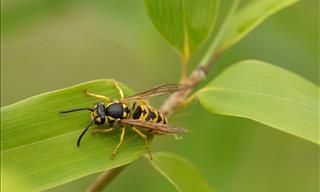 0:58
0:58
How to Prevent Wasps from Invading Your Home
Not many of us are fond of wasps, especially those who have been stung in the past. Here's a quick and easy way to prevent these pests from invading your home.
 25:38
25:38
These Hidden Airplane Features Can Save Your Life!
The next time you board a flight, make sure you remember these tips.
 6:58
6:58
How to Make a Simple and Cheap Door Alarm!
Here's how you can save yourself some money by making your own door alarm at home.

Maintain Your Brain: 15 Methods to Improve Brain Function
Like our muscles, the brain can also be strengthened and maintained in excellent condition, with proper practice. Learn 15 simple ways to train your brain today!

13 Cool Guides & Infographics You Never Knew You Needed!
These unique guides might change your perspective on a lot of things.

Surprsing Ways to Stay Happier in 2025, Backed By Science
This year, instead of resolutions, give time to your mental health...

Want to Know How to Read People's Minds? Read This!
Learn to read people's minds, by keeping an eye out for these body language signs.
 29:09
29:09
What Dentists Don’t Always Tell You About Flossing
There’s a lot more to flossing your teeth than you were told...
 25:00
25:00
How to Pick the Right Potato For Every Recipe
Some potato varieties shine in a soup or stew, while others are delicious for roasting and frying. Here's a full guide to potatoes and where to use them!
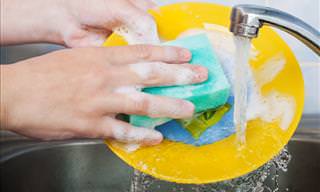
Here's How to Properly Kill Germs on Your Kitchen Sponge
Your kitchen sponge can contain a lot of nasty bacteria. Click here to learn how to properly sanitize it!
 15:52
15:52
Stop Overpaying! Book Cheaper Flights With These Hacks
These six simple hacks will help you save hundreds on airfare.
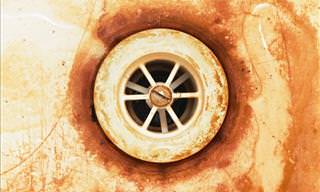
Incredibly Simple Homemade Rust Cleaner for Your Bathroom
Rust stains on porcelain surfaces can be a real pain, but they're easily removed with material you probably have in your kitchen.

Fake Olive Oil: Here's How You Can Spot It!
If you want to know whether the olive oil you have bought is real or an imposter, here's how you can tell!
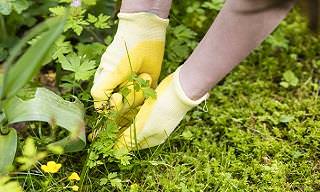
Say Goodbye to Your Weeds with These Natural Weed Killers
Trying to find a way to kill your garden weeds without killing your plants? These 8 all-natural weed-killing tips are just what you're looking for!

Fold Your Clothes the Right Way with This Guide
Have you been folding your clothes wrong all this time? These top 10 tips will help keep your clothes organized.

Should You Put Plants on the Windowsill in the Winter?
One of the biggest pitfalls of winter houseplant care is choosing the wrong location for your plants...

Etiquette Guide: How to Set Up a Beautiful Christmas Table
Setting the perfect dinner table for your Christmas guests is a great way to make everyone enjoy such a special occasion. Here's a simple table-setting guide.
 5:59
5:59
Animal Advice: How to Make Any Cat Like You
How to charm any cat you meet into liking you.
To enable your Ad-Free Subscription, please fill the fields below
Your subscription was successful, now you can enjoy an ad-free experience!! Note: To make sure you get no ads, please make sure to log in to your account. If you are logged in already, then refresh the page. The subscription can be cancelled at any time.


